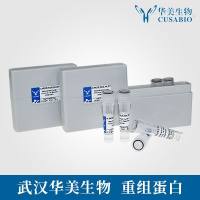Less common disorders:R
互联网
| DISEASE AND CAUSES | PATHOPHYSIOLOGY | SIGNS AND SYMPTOMS |
| Rectal prolapse | ||
|
Increased intra-abdominal pressure triggers the circumferential protrusion of one or more layers of the mucous membrane. |
|
| Reiter's syndrome | ||
|
An infection (e.g., Chlamydia ) is thought to initiate an aberrant and hyperactive immune response that produces inflammation in involved target organs. |
Urogenital tract:
|
| Renal tubular acidosis | ||
|
In type I, the distal tubule is unable to secrete hydrogen ions across the tubular membrane, causing decreased excretion of titratable acids and ammonium and increased loss of potassium and bicarbonate. Prolonged acidosis leads to hypercalciuria and renal calculi.
In type II, defective reabsorption of bicarbonate in proximal tubule causes bicarbonate to flood the distal tubule, leading to impaired formation of titratable acids and ammonium for excretion, resulting in metabolic acidosis. |
In infants:
|
| Retinal detachment | ||
|
The neural retina separates from the underlying retinal pigment epithelium. |
|
| Retinitis pigmentosa | ||
|
Slow, degenerative changes in the rods cause the retina and pigment epithelium to atrophy. Irregular black deposits of clumped pigment are in equatorial region of retina and eventually in the macular and peripheral areas. |
|
| Reye's syndrome | ||
|
Mitochondrial dysfunction and fatty vacuolization of the liver and renal tubules lead to hepatic injury and CNS damage. |
|
| Rocky Mountain spotted fever | ||
|
R. rickettsii multiplies within endothelial cells and spreads via the bloodstream. Focal areas of infiltration lead to thrombosis and leakage of RBCs into surrounding tissue. |
|
| Rosacea | ||
|
Small blood vessels of the face, usually the nose and cheeks, become flushed and dilated; also associated with papules and pustules. |
|






